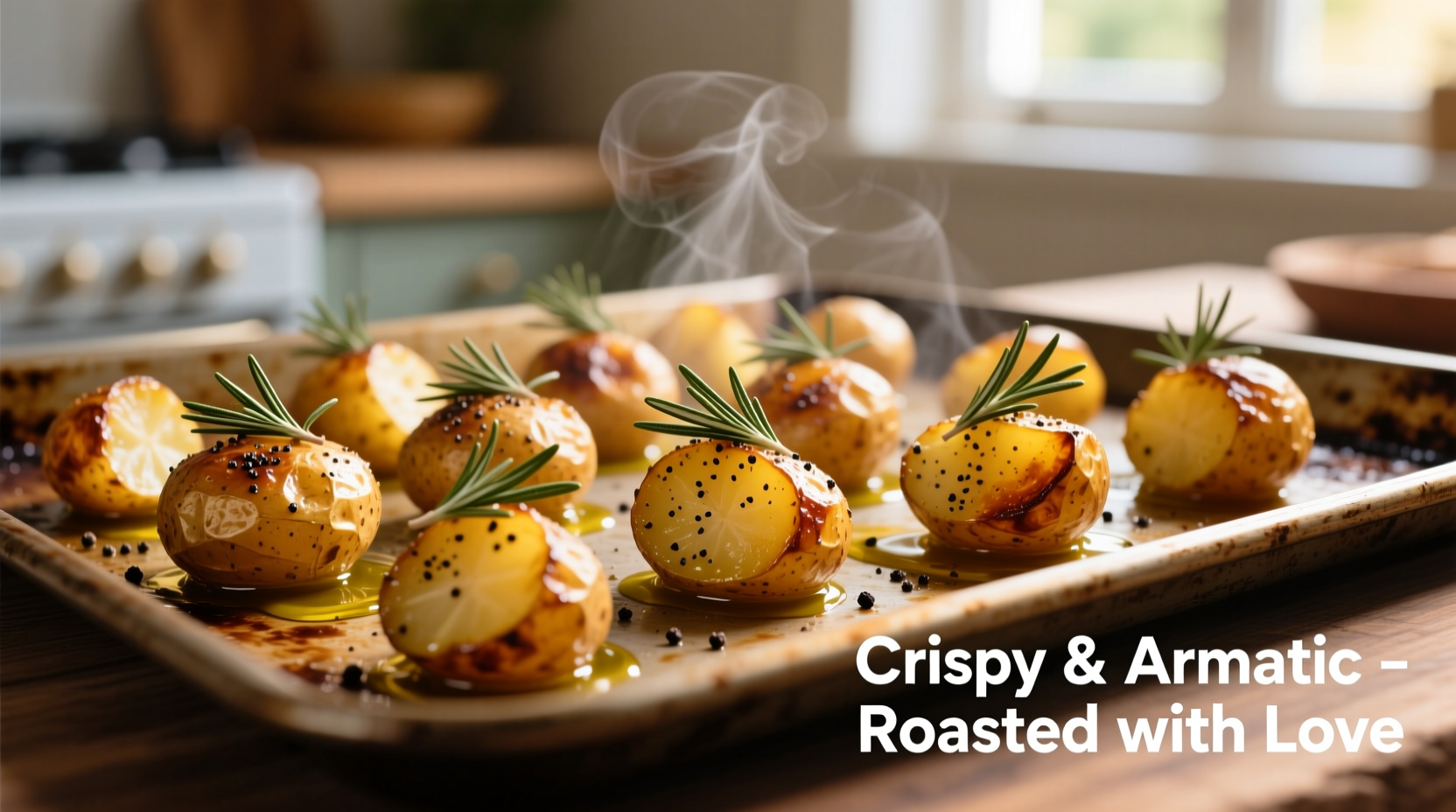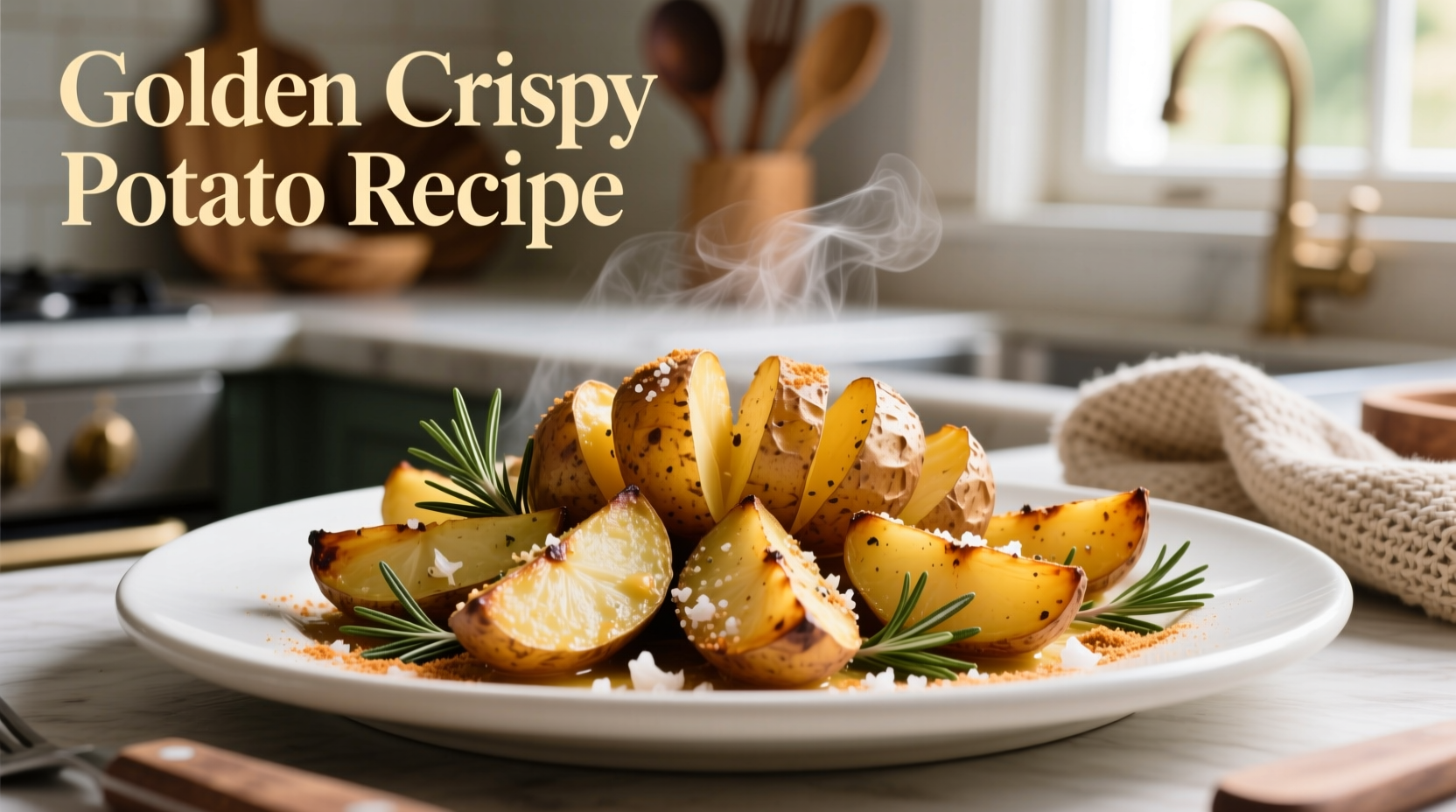Nothing beats the comforting versatility of potatoes. Whether you're craving crispy roasted wedges, creamy mashed perfection, or hearty potato salads, this guide delivers professional techniques for flawless results. We've tested dozens of varieties and methods to bring you the most reliable potato recipes that work in any kitchen.
Understanding Potato Varieties: Your Essential Guide
Choosing the right potato makes all the difference in your final dish. Not all potatoes behave the same when cooked—some fall apart beautifully for mashing while others hold their shape perfectly for roasting. Here's what you need to know before you start cooking:
| Potato Type | Best For | Texture When Cooked | Storage Life |
|---|---|---|---|
| Russet | Baking, frying, mashing | Fluffy, dry | 2-3 months |
| Yukon Gold | Mashing, soups, roasting | Creamy, buttery | 1-2 months |
| Red Bliss | Salads, boiling, steaming | Firm, waxy | 3-4 weeks |
| Sweet Potato | Baking, roasting, purees | Creamy, moist | 3-5 weeks |
This comparison comes from the USDA Agricultural Marketing Service, which tracks potato characteristics and usage patterns across commercial and home cooking applications. Understanding these differences prevents disappointing results—like watery mashed potatoes or disintegrated roasted wedges.
Essential Potato Preparation Techniques
Professional chefs know that how you prepare potatoes before cooking determines your success. Follow these evidence-based methods for perfect results:
Peeling and Cutting Consistency
Uniform pieces cook evenly. For roasting, cut potatoes into 1-inch cubes. When making mashed potatoes, quarter medium potatoes for even boiling. Always cut potatoes of the same variety to identical sizes—this prevents some pieces from becoming mushy while others remain undercooked.
The Soaking Secret
Soak cut potatoes in cold water for 30 minutes before cooking to remove excess starch. This simple step creates crispier roasted potatoes and prevents boiled potatoes from becoming gluey. Change the water once during soaking for best results.
Proper Boiling Method
Always start potatoes in cold, salted water rather than adding them to boiling water. This ensures even cooking from edge to center. Add 1 tablespoon of salt per quart of water—this seasons the potatoes from within. Cook until just tender when pierced with a fork, typically 15-20 minutes depending on size.
15 Must-Try Potato Recipes
Classic Creamy Mashed Potatoes
Yukon Gold potatoes create the creamiest texture without excessive butter. Boil 2 pounds of peeled, quartered Yukon Golds until tender. Drain thoroughly and return to pot over low heat for 1 minute to evaporate excess moisture. Mash with 1/2 cup warm milk, 4 tablespoons butter, salt, and white pepper. For extra richness, substitute half the milk with sour cream.
Crispy Roasted Garlic Potatoes
Cut 3 pounds of Russets into 1-inch cubes. Toss with 3 tablespoons olive oil, 4 minced garlic cloves, 1 tablespoon fresh rosemary, salt, and pepper. Spread in single layer on parchment-lined baking sheet. Roast at 425°F for 35-40 minutes, flipping once, until golden and crisp. The high heat creates perfect caramelization while keeping interiors fluffy.
German Potato Salad
This warm vinegar-based salad differs from American versions. Combine 4 cups warm boiled red potatoes with 1/4 cup bacon drippings, 1/4 cup apple cider vinegar, 2 tablespoons sugar, 1 diced onion, salt, and pepper. Toss gently and serve warm. Unlike mayo-based salads, this version holds up better at picnics and doesn't require refrigeration before serving.
Perfect Potato Wedges
Cut Russets lengthwise into 6-8 wedges per potato. Soak in cold water 30 minutes, then drain and pat completely dry. Toss with 2 tablespoons oil, 1 teaspoon paprika, 1/2 teaspoon garlic powder, salt, and pepper. Bake at 425°F for 25 minutes, flip, then bake 15-20 minutes more until crisp. The soaking removes surface starch for maximum crispness.
Loaded Baked Potatoes
Bake Russets directly on oven rack at 400°F for 50-60 minutes until tender. Slice open, fluff with fork, and top with sour cream, shredded cheddar, cooked bacon, and chives. For restaurant-quality results, microwave potatoes for 5 minutes first to reduce oven time while maintaining texture.

Avoiding Common Potato Mistakes
Even experienced cooks make these potato pitfalls. Here's how to avoid them:
Using the Wrong Potato Type
Waxy potatoes like red bliss become gummy when mashed, while starchy Russets fall apart in salads. Match your potato to your cooking method using our variety guide above. This context boundary prevents disappointing texture issues.
Overworking Mashed Potatoes
Excessive mashing releases too much starch, creating gluey potatoes. Use a potato ricer or food mill instead of a blender. If using a mixer, pulse just until combined—overmixing creates elastic, unappetizing texture.
Adding Cold Dairy to Hot Potatoes
Always warm milk or cream before adding to mashed potatoes. Cold dairy causes the potatoes to seize up and become lumpy. Professional chefs keep dairy in a small saucepan over low heat while potatoes cook.
Not Salting Cooking Water Properly
Underseasoned potatoes taste bland no matter what you add later. Salt water to taste—it should taste like the sea. This seasons potatoes from within, creating better flavor distribution than adding salt only at the end.
Potato Storage and Freshness Guide
Proper storage extends potato life and prevents waste. Store in cool, dark, well-ventilated place—never in the refrigerator, which converts starch to sugar and creates off-flavors when cooked. Keep away from onions, which release gases that accelerate sprouting. Ideal storage temperature is 45-50°F (7-10°C).
Potatoes have a fascinating history that explains their global popularity. According to the National Geographic Society, potatoes were first domesticated in the Andes Mountains of Peru between 8,000 and 5,000 BCE. Spanish conquistadors brought them to Europe in the 16th century, where they gradually became a staple food across the continent. This historical timeline shows how a simple tuber transformed global cuisine.
When selecting potatoes, look for firm skins without green spots or sprouts. Green areas indicate solanine, a naturally occurring toxin that can cause digestive issues. Store cut potatoes in water in the refrigerator for up to 24 hours if preparing in advance. Cooked potatoes keep refrigerated for 3-5 days—reheat in oven or skillet for best texture rather than microwaving, which makes them soggy.











 浙公网安备
33010002000092号
浙公网安备
33010002000092号 浙B2-20120091-4
浙B2-20120091-4